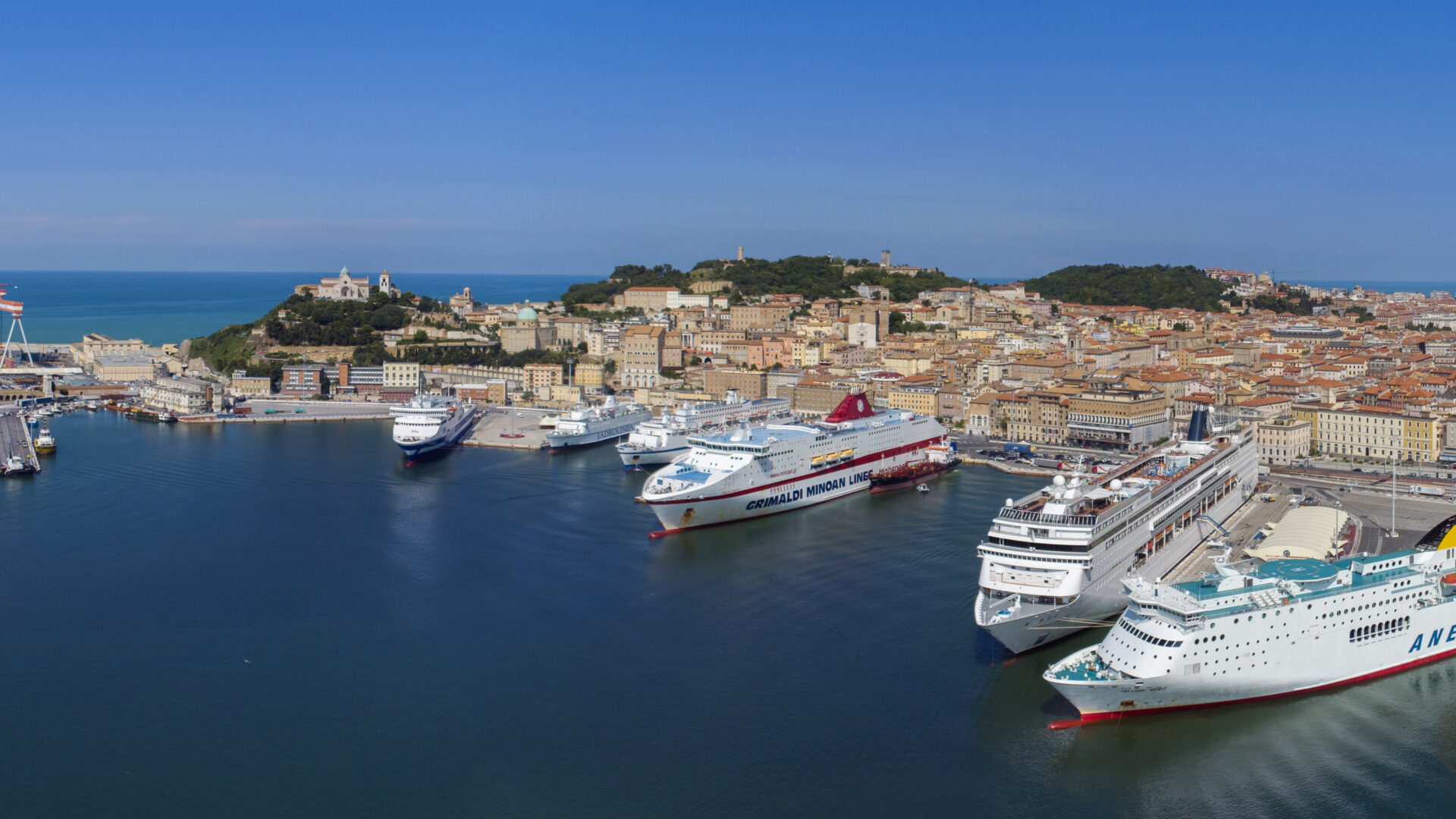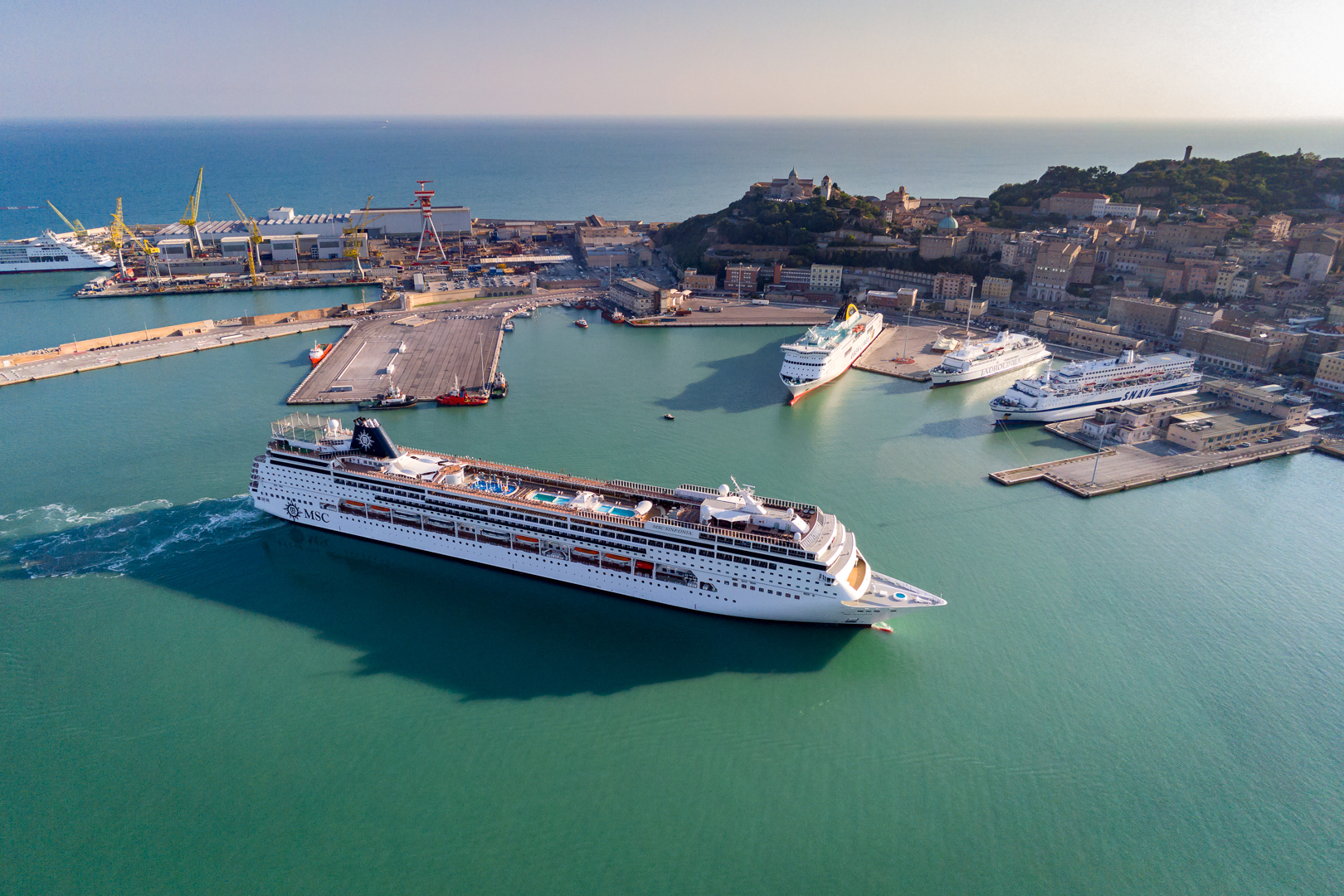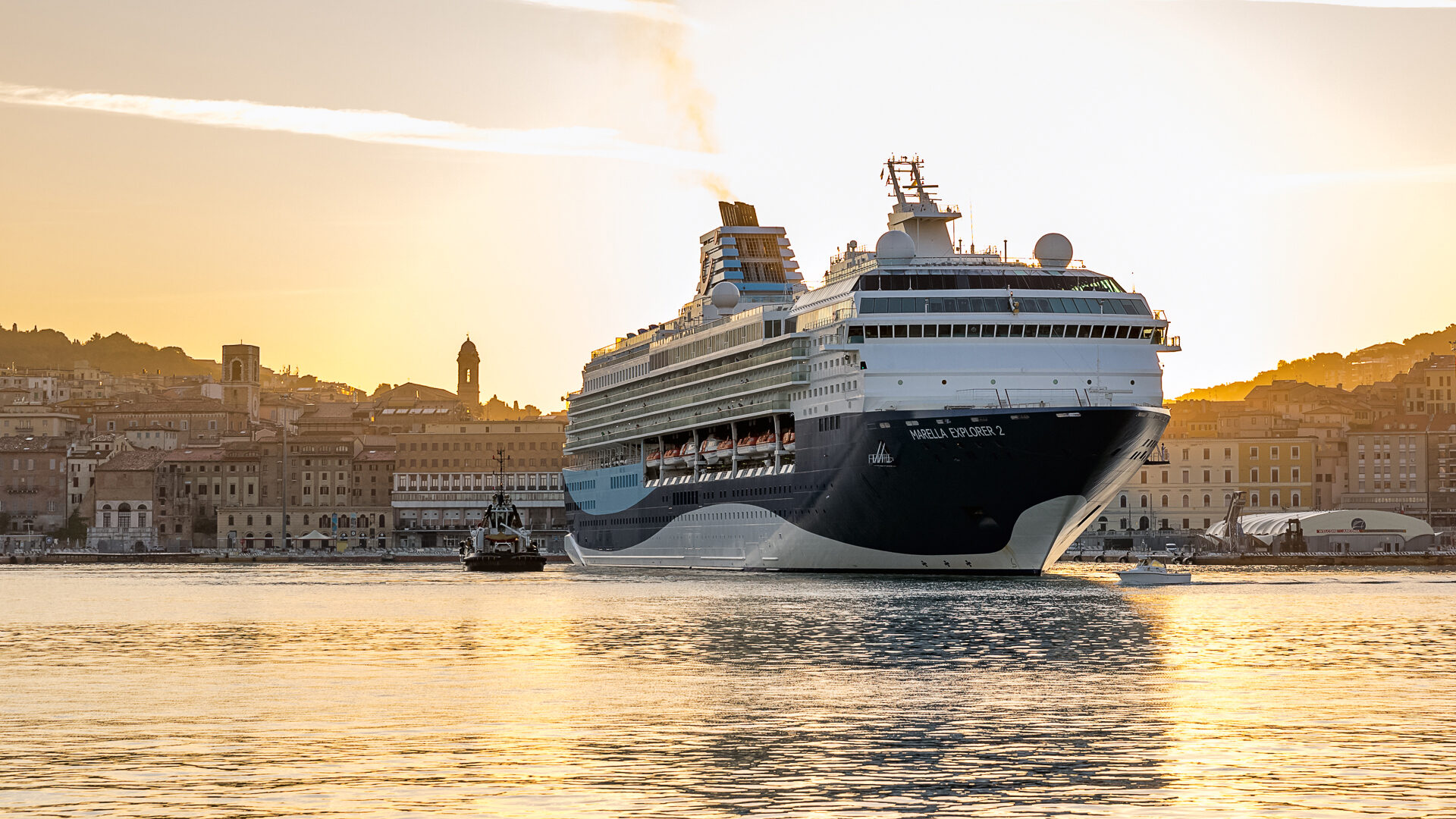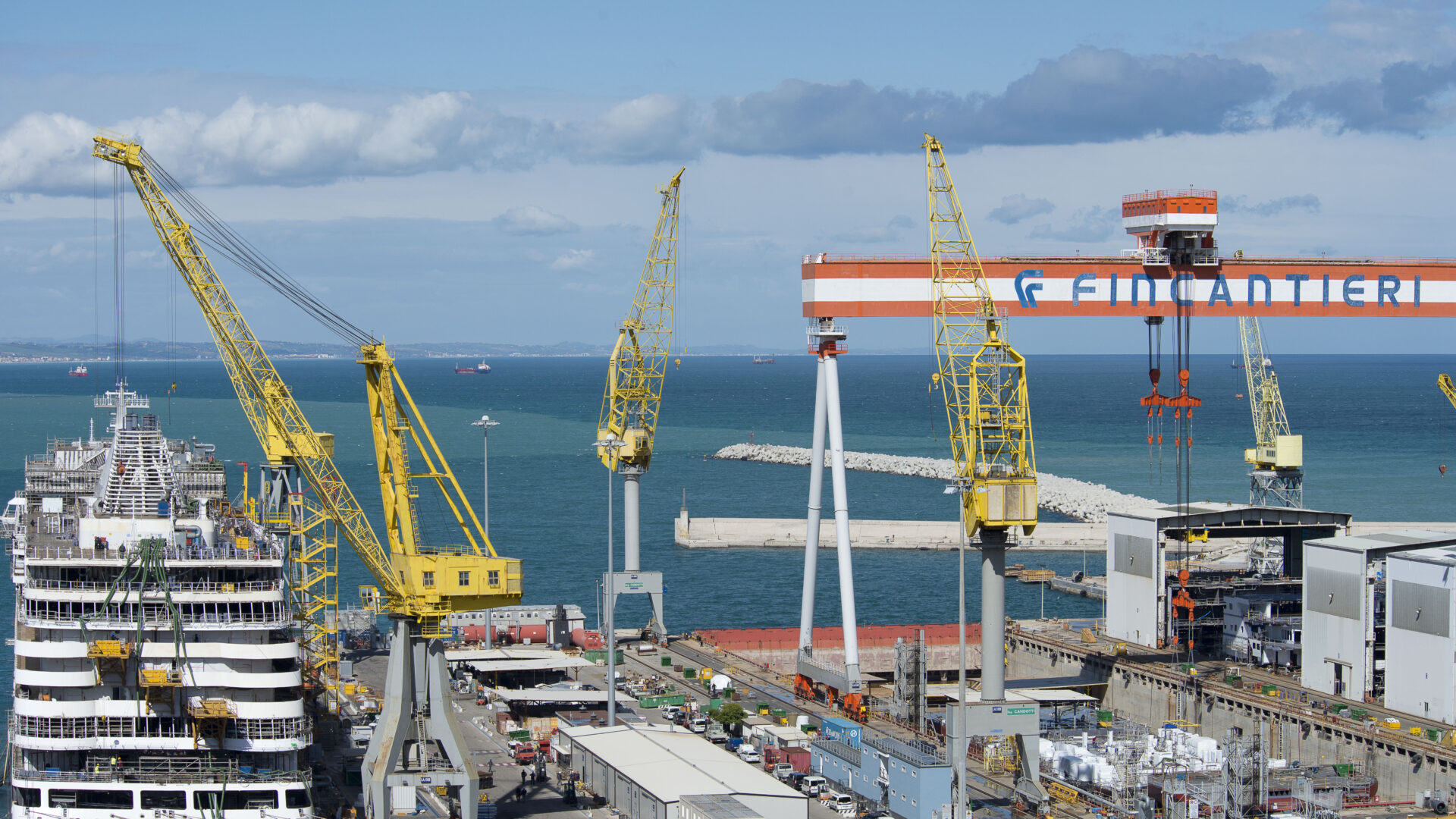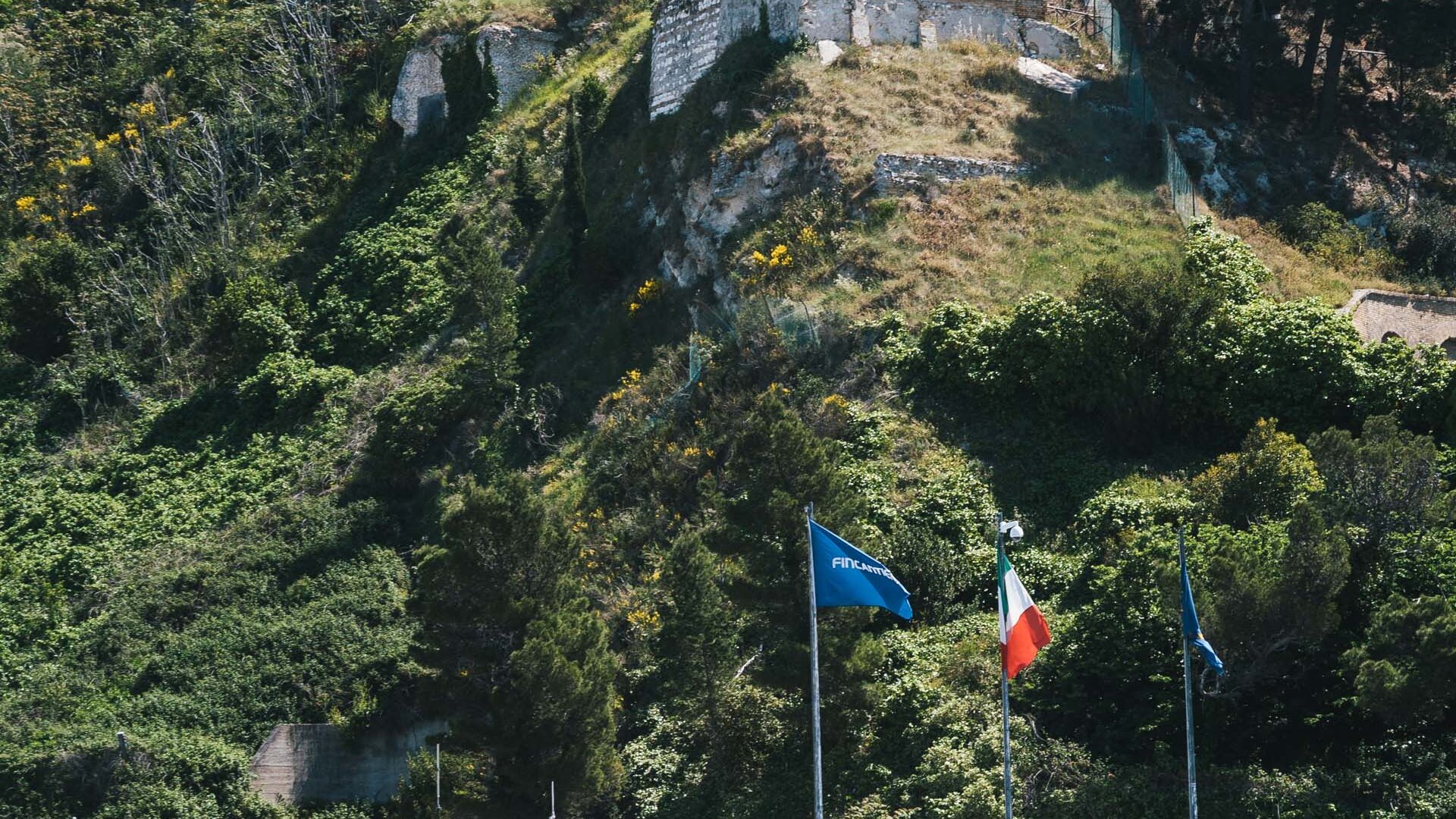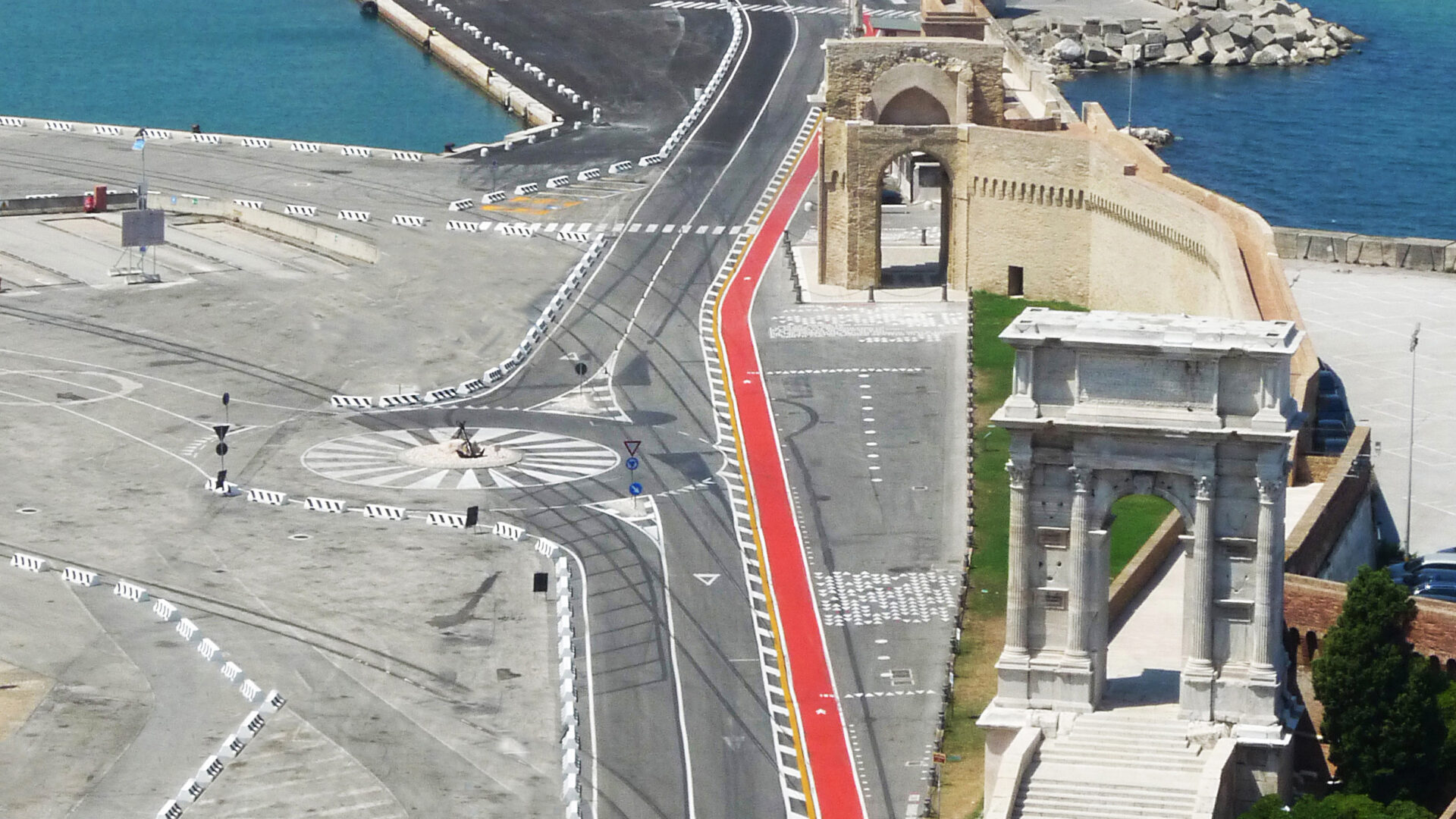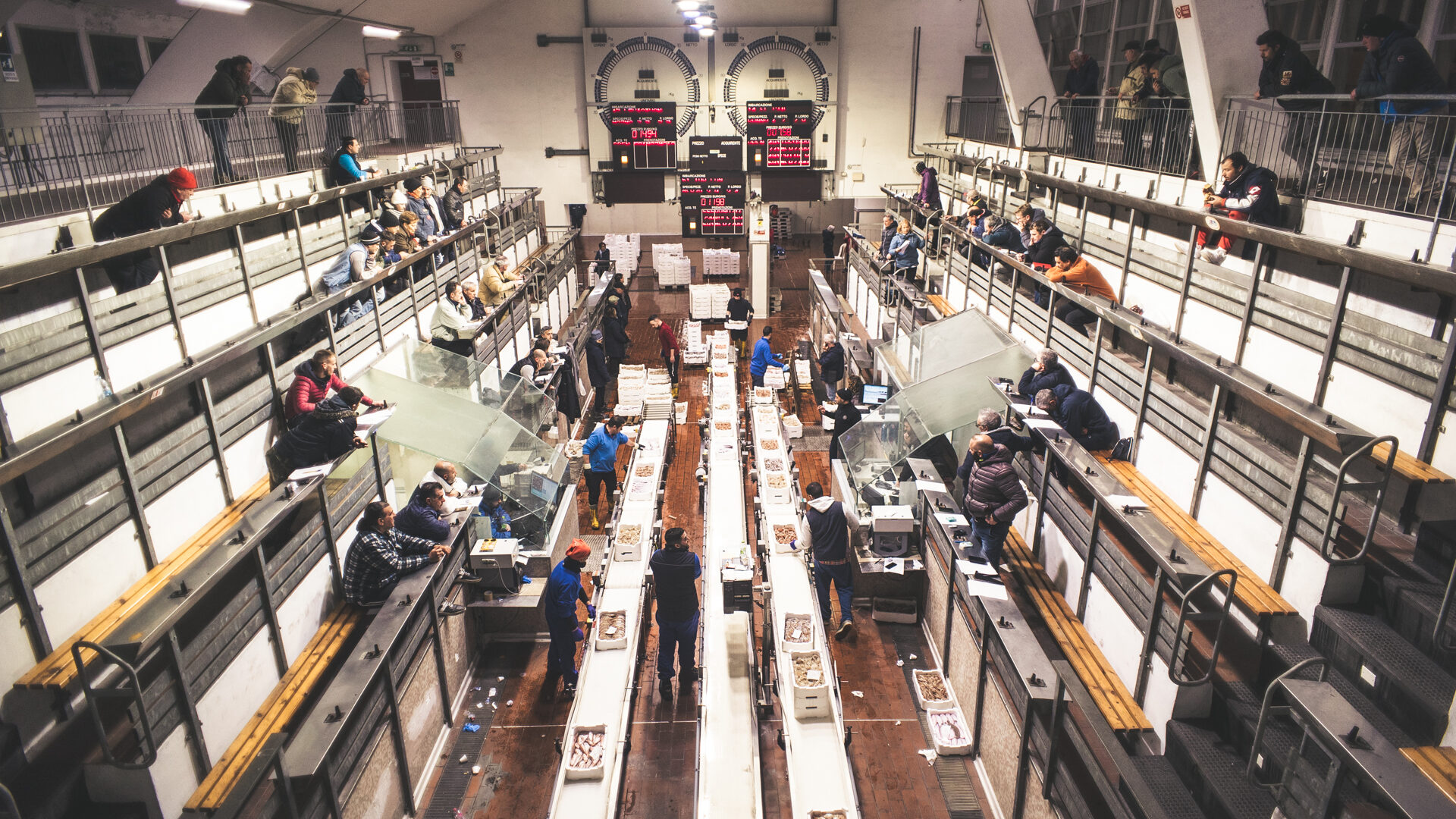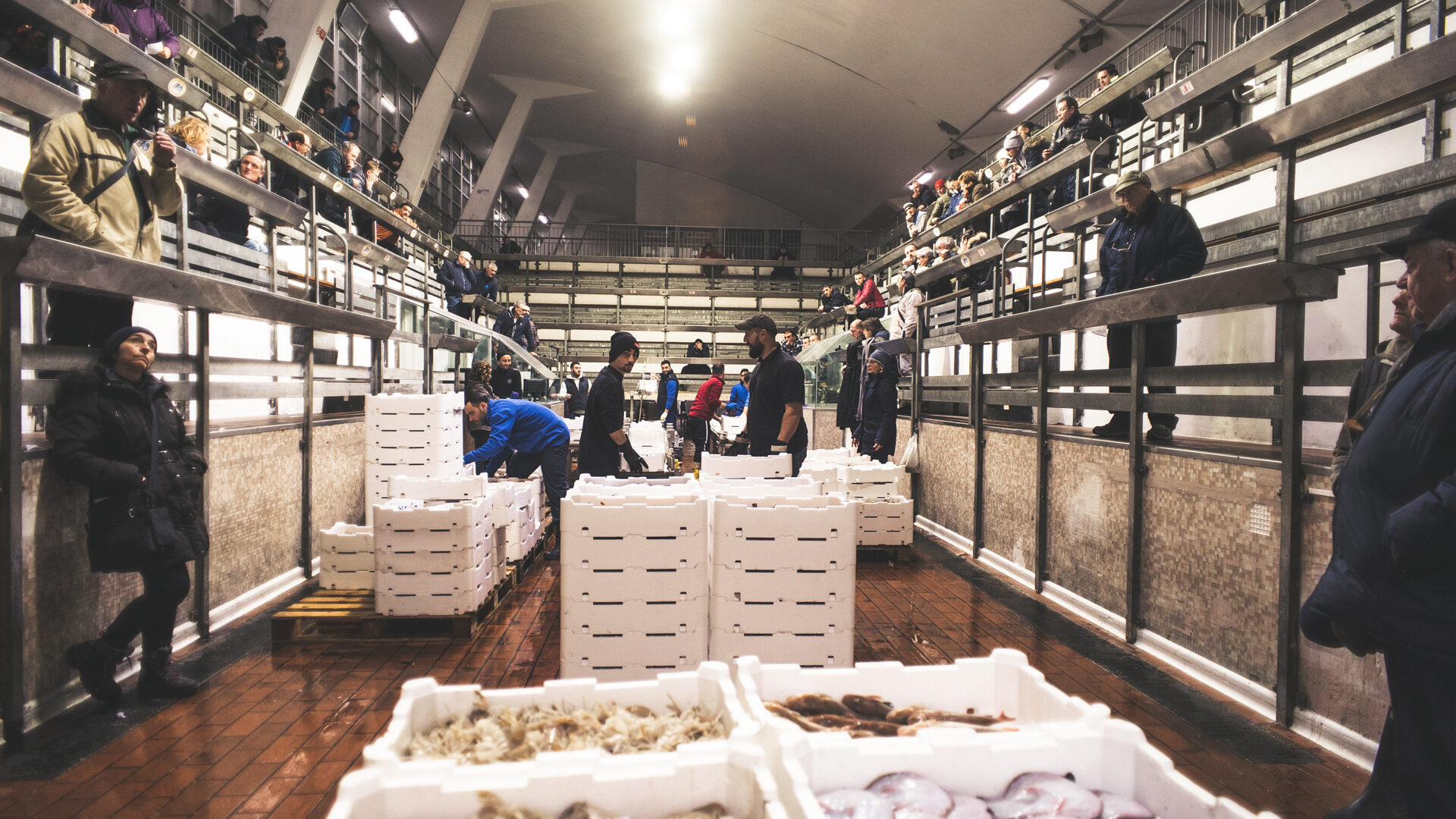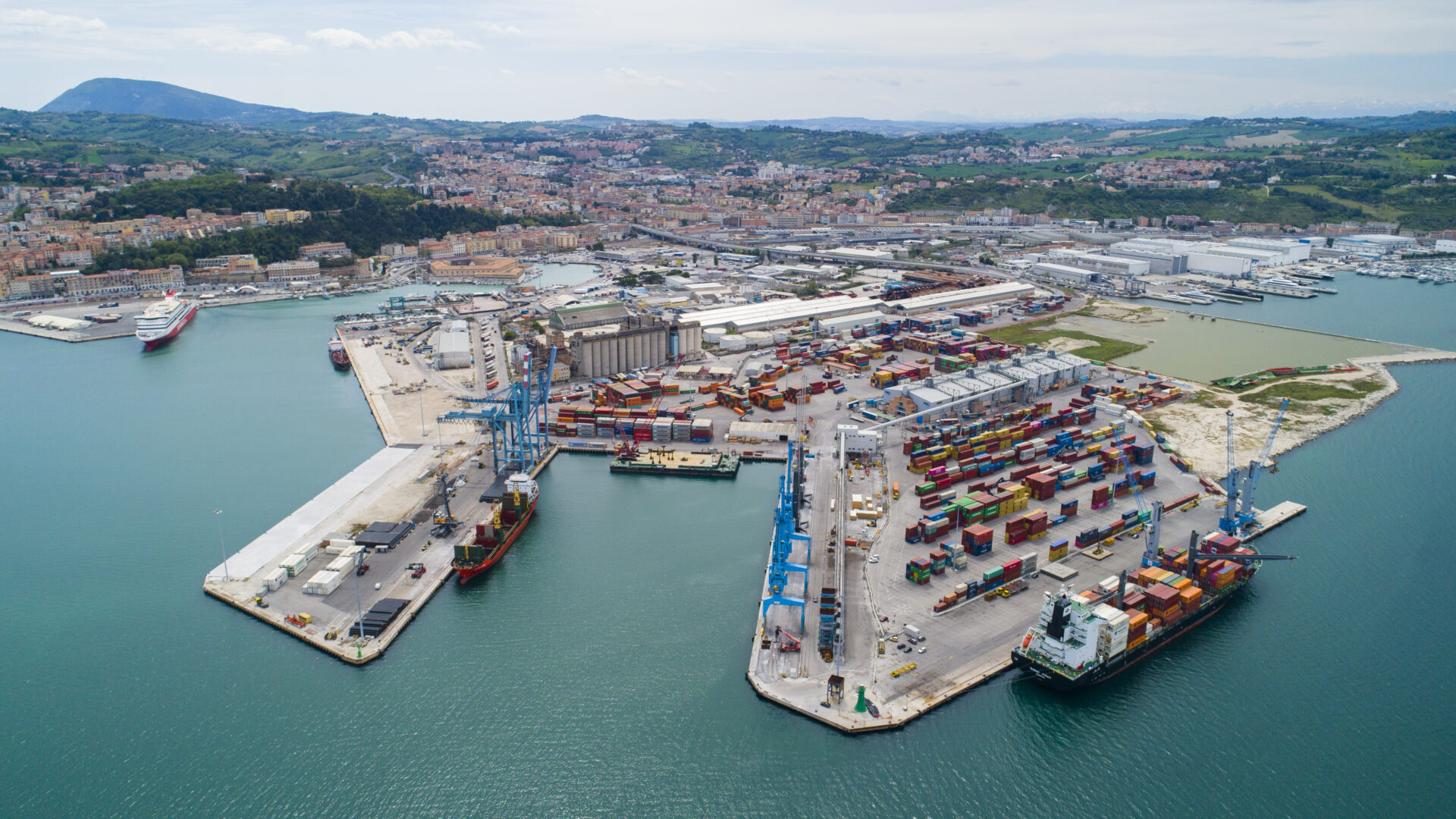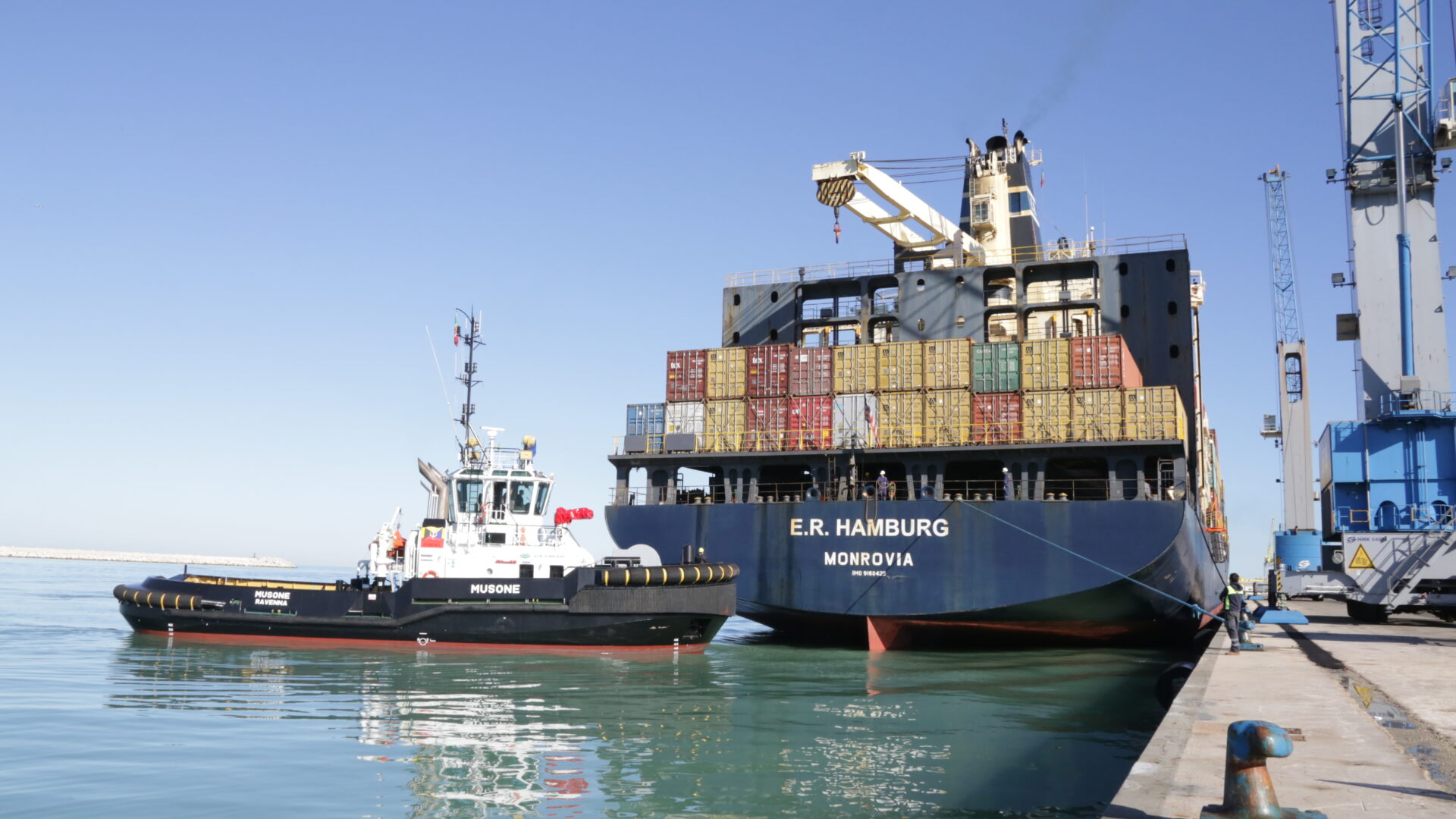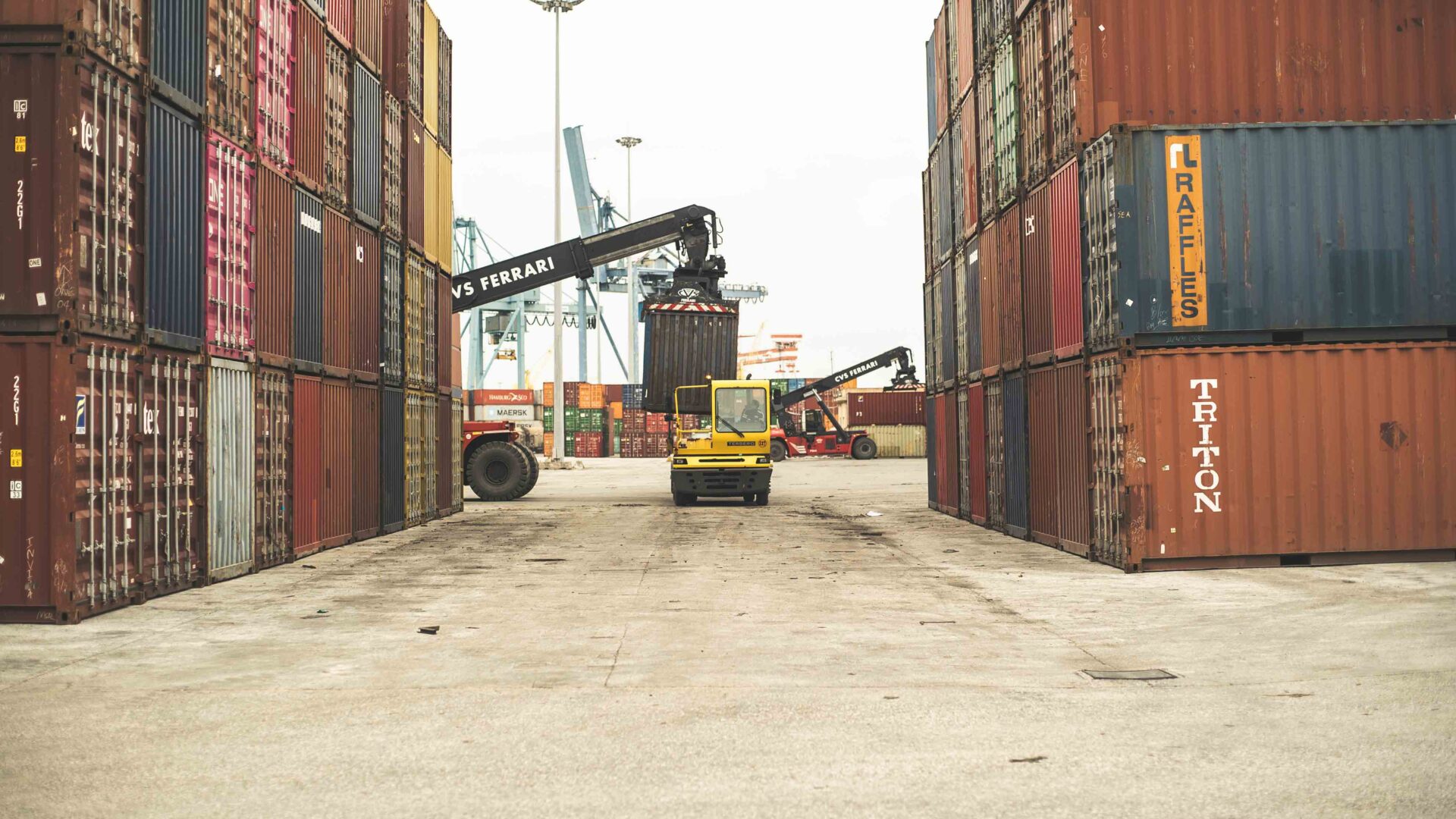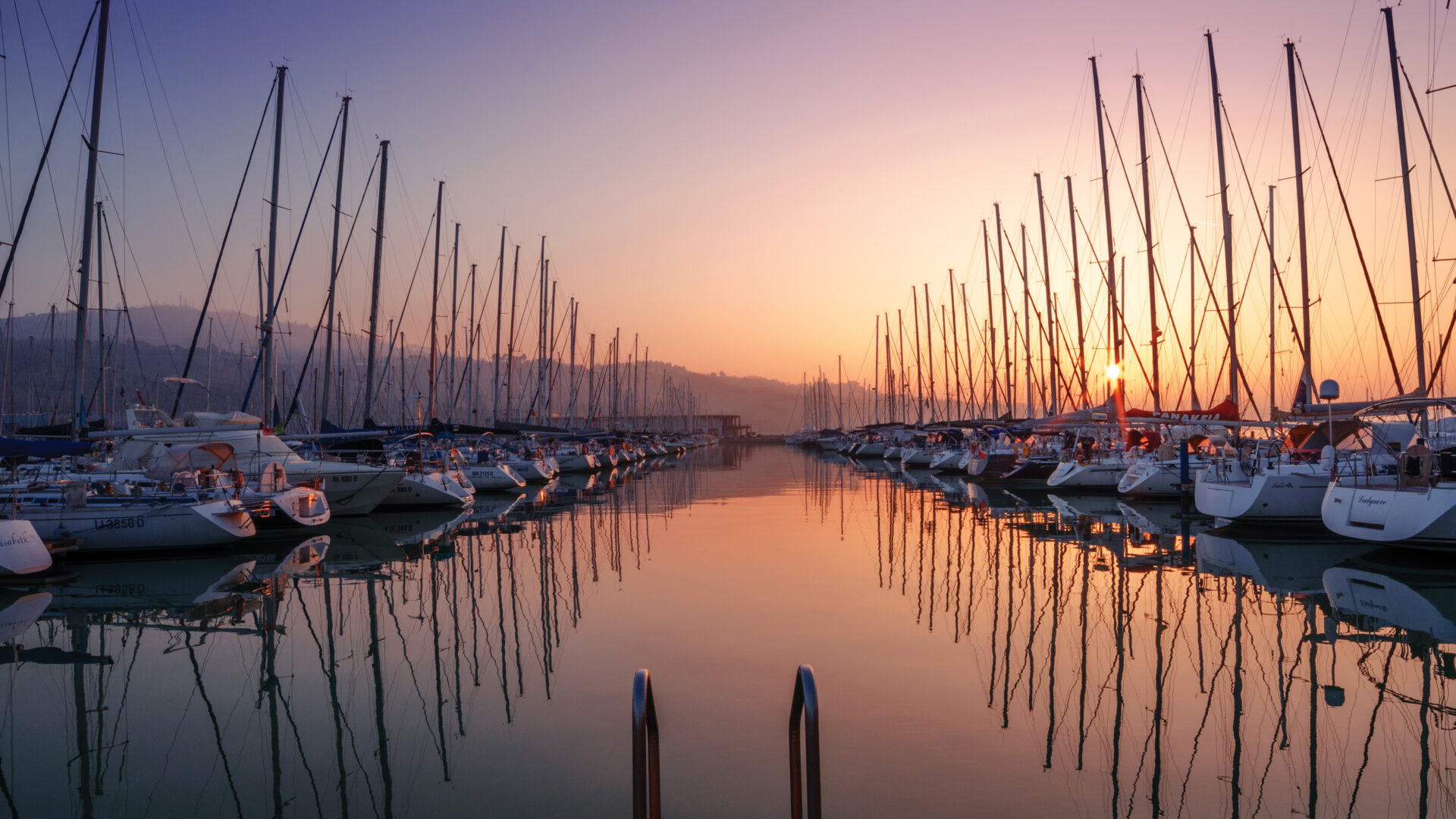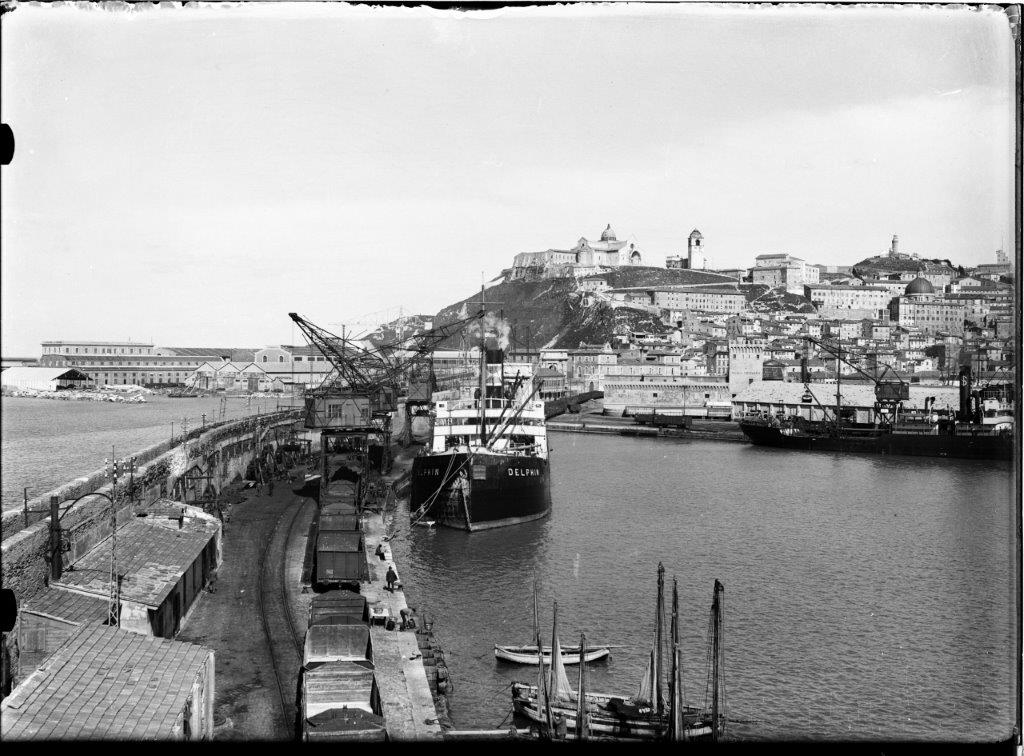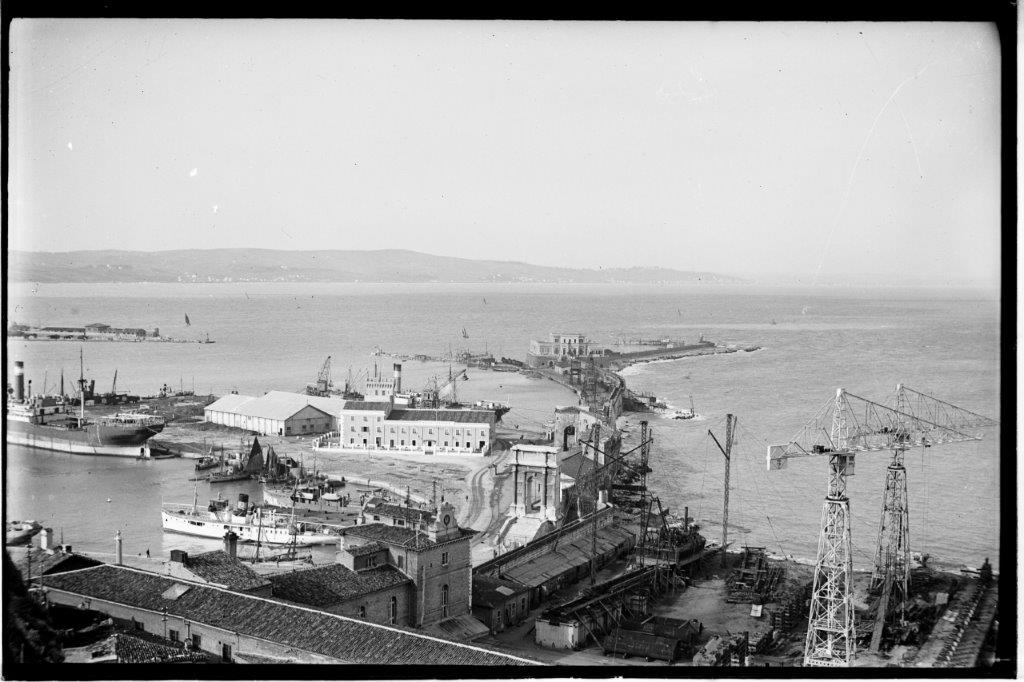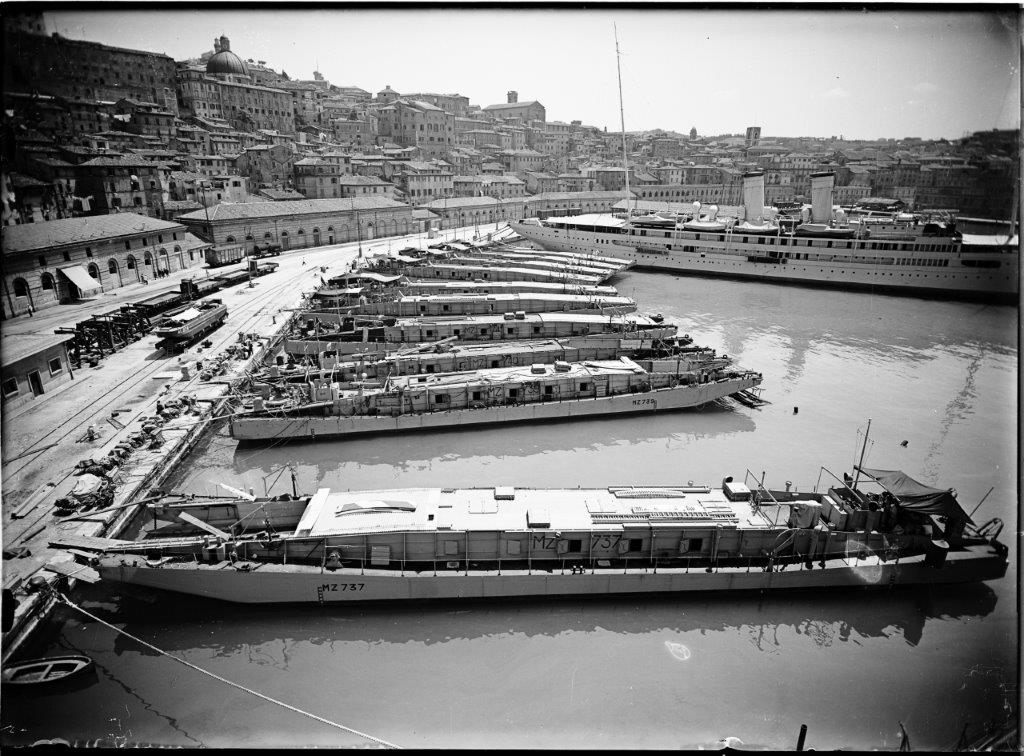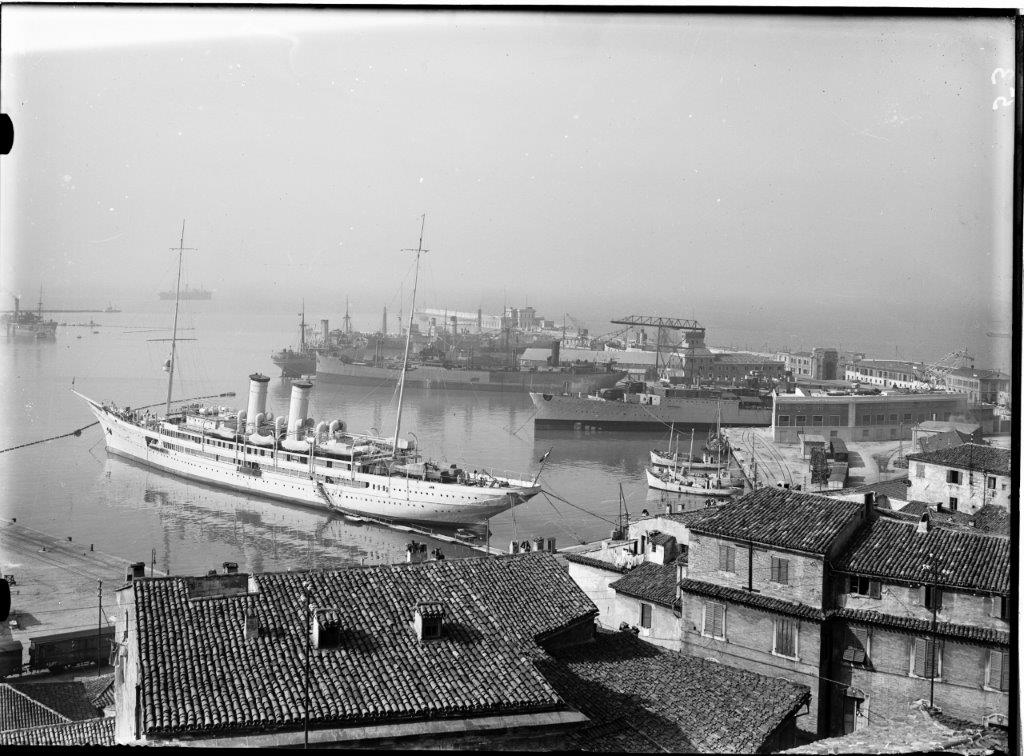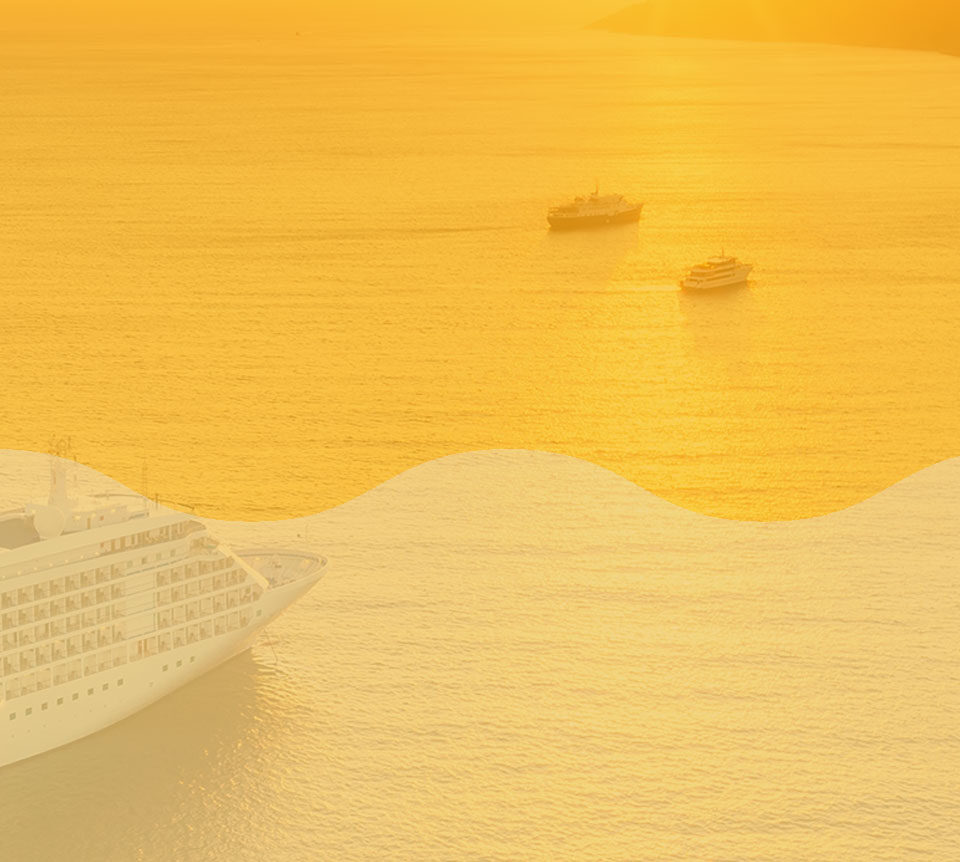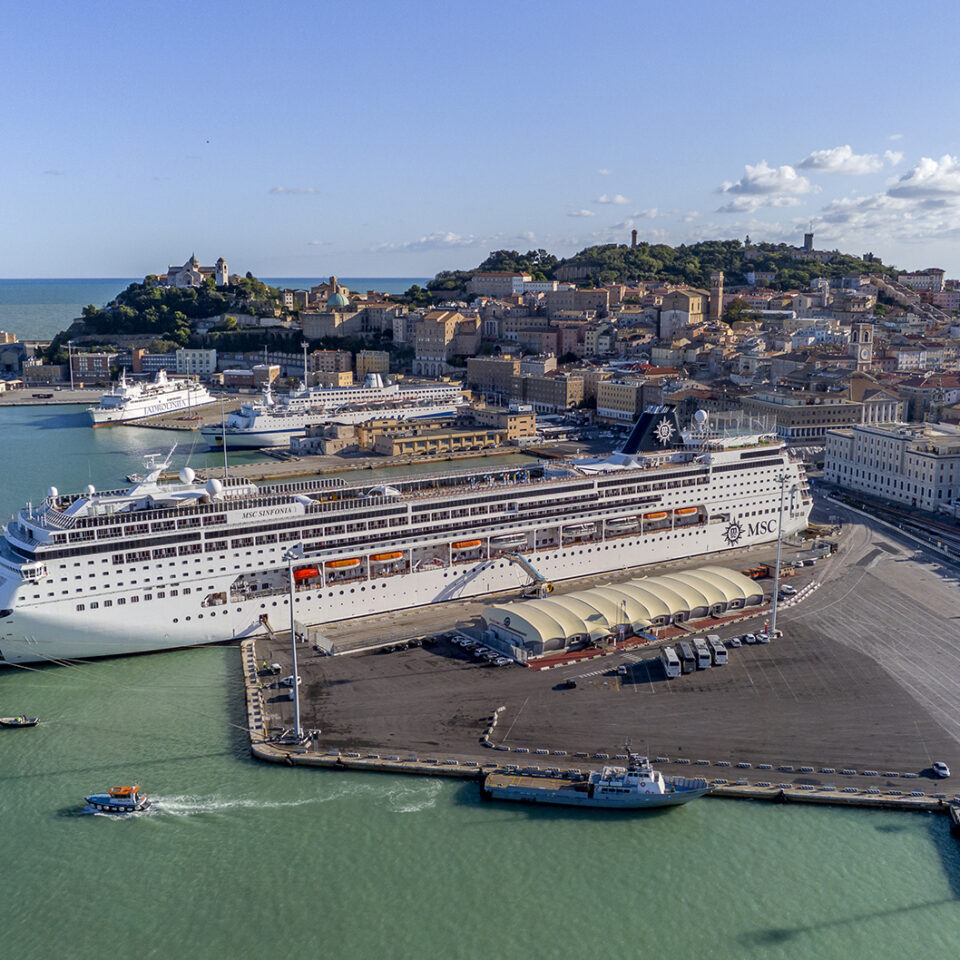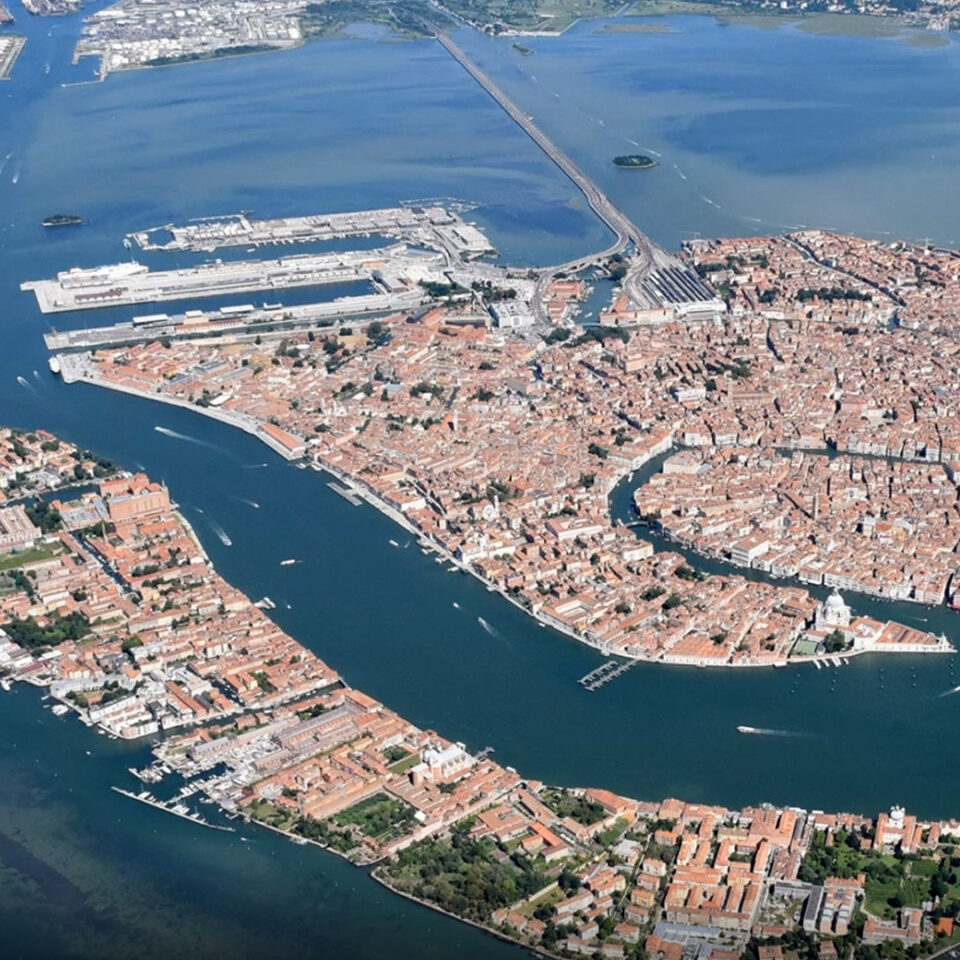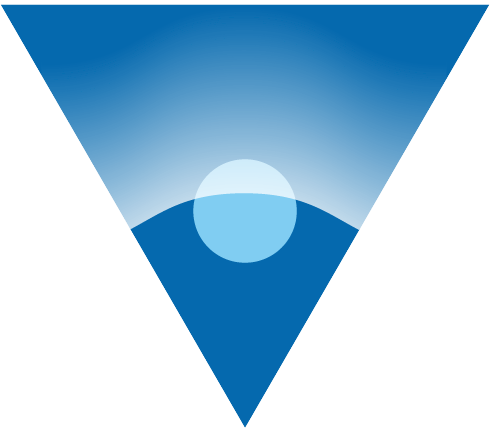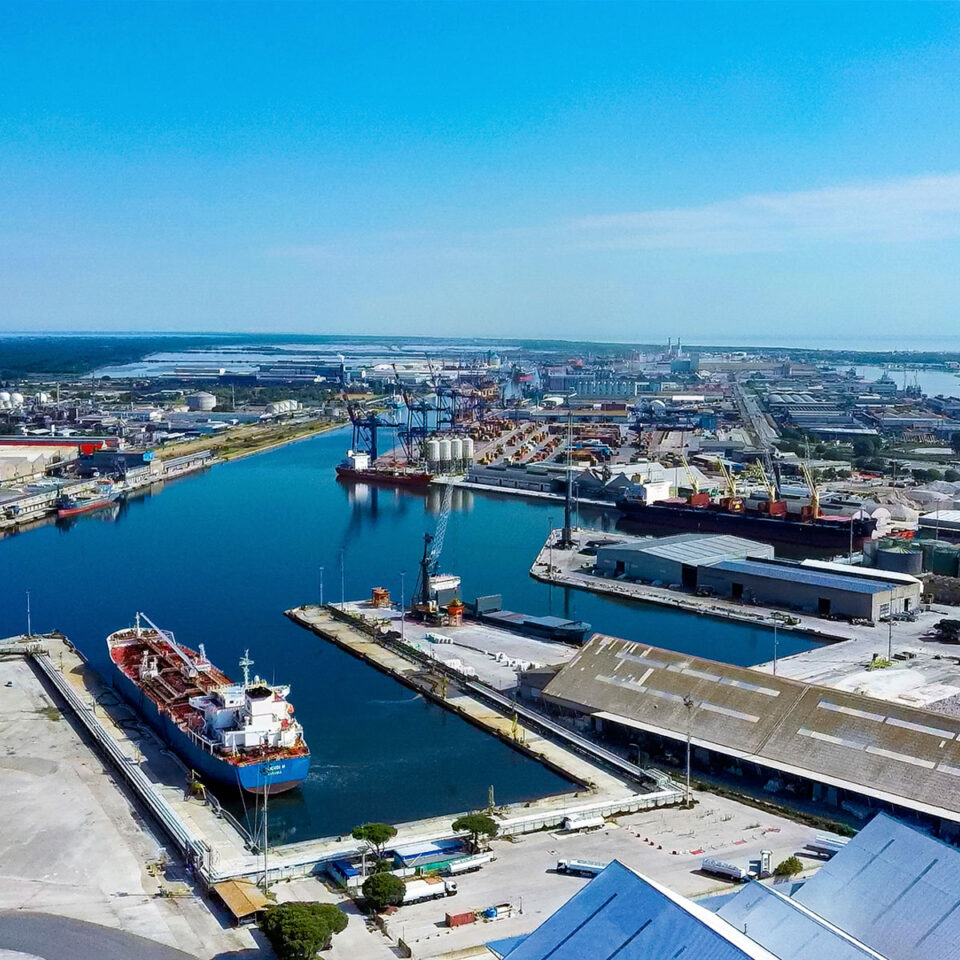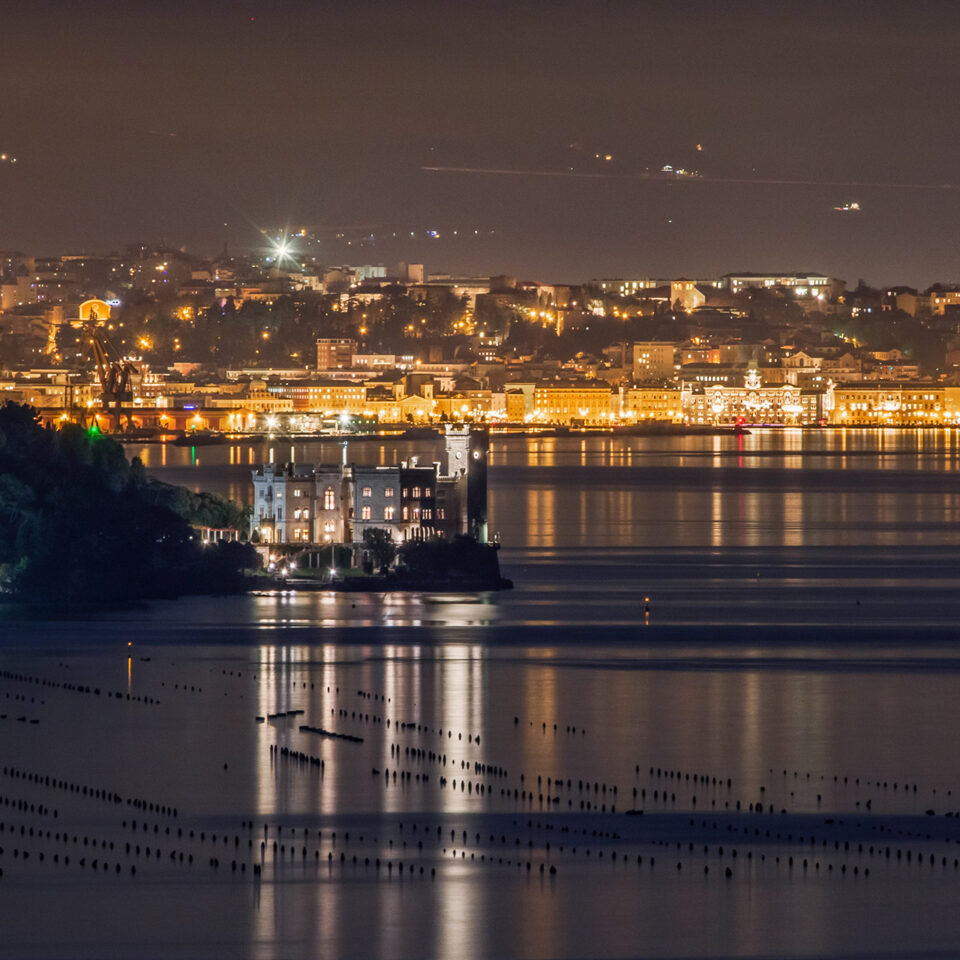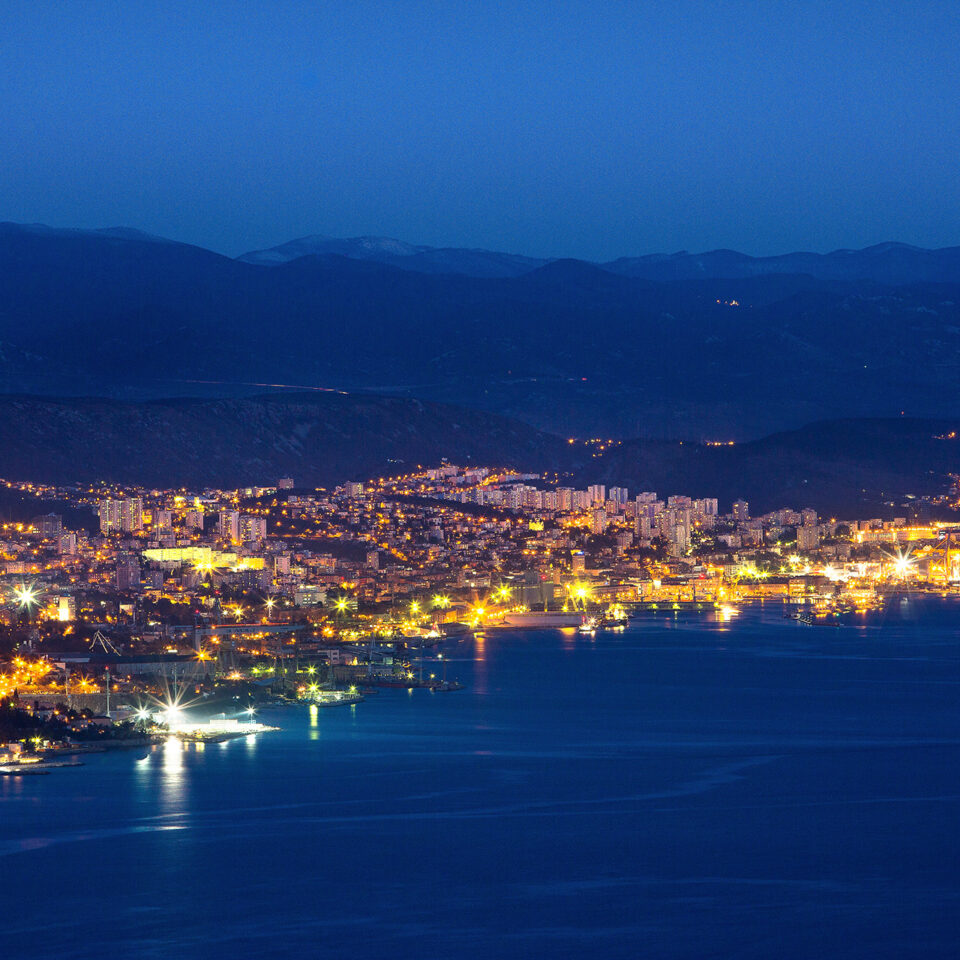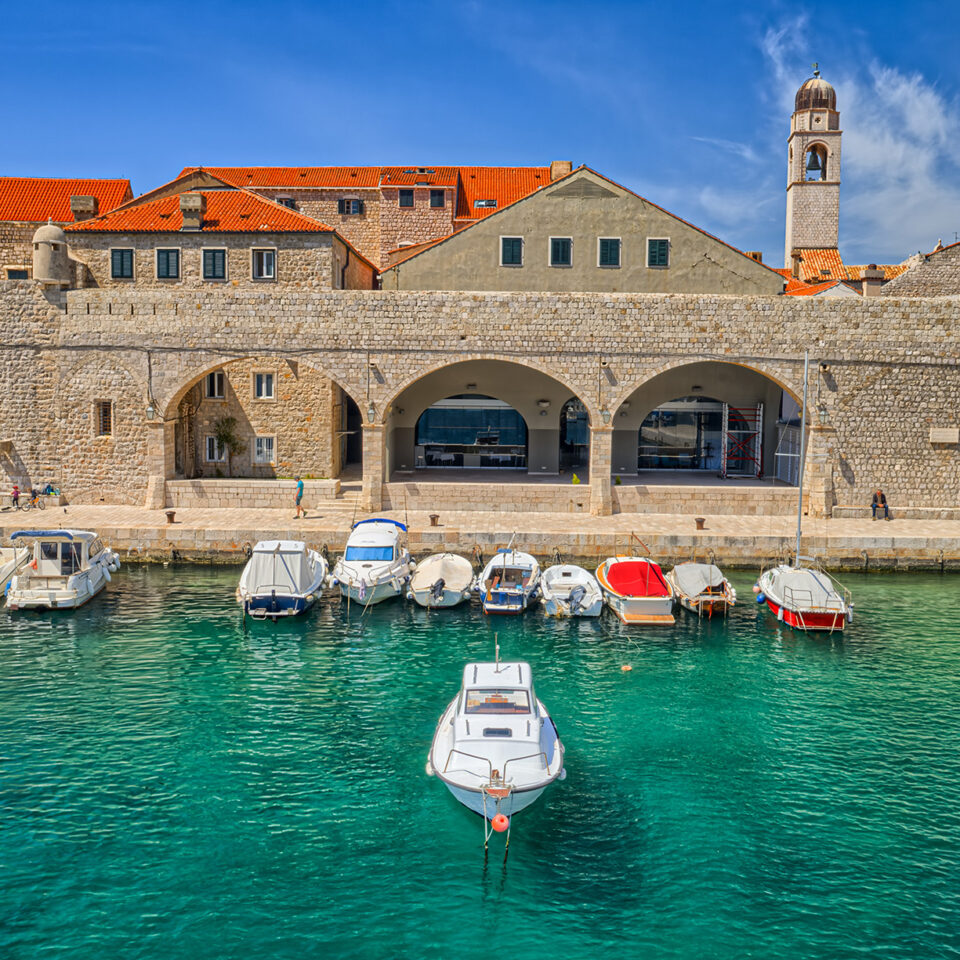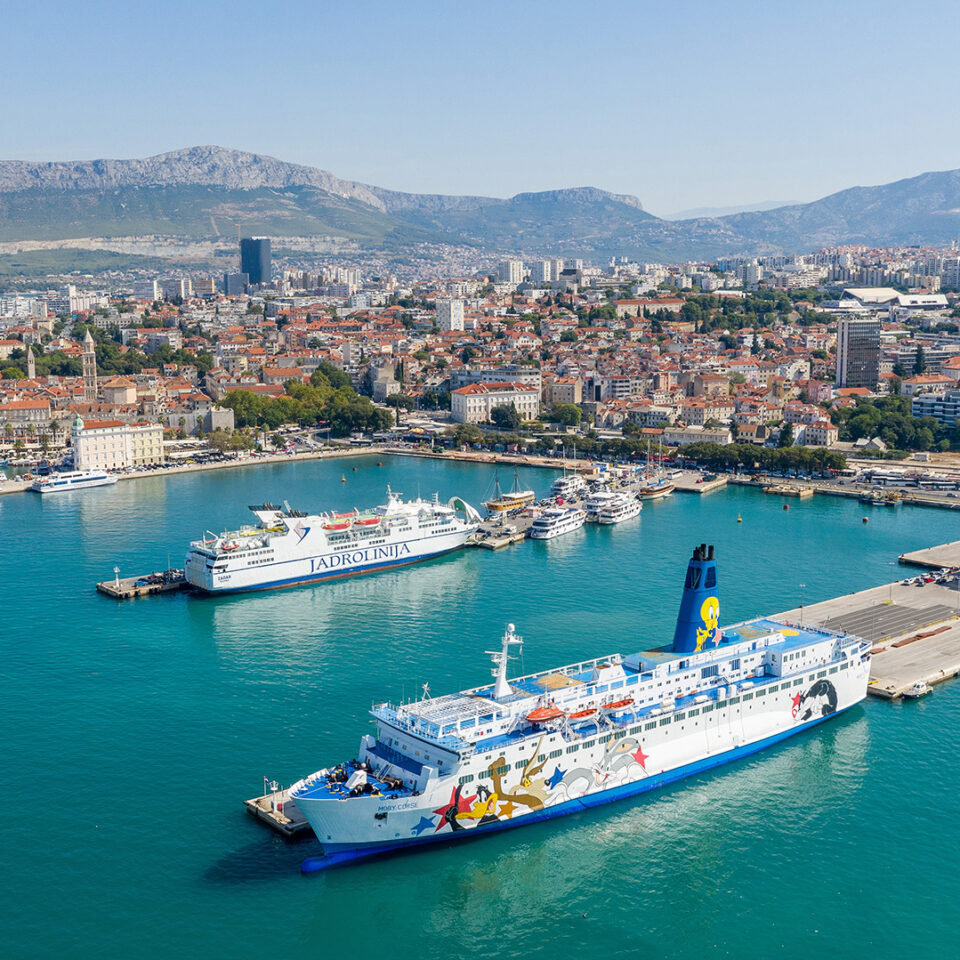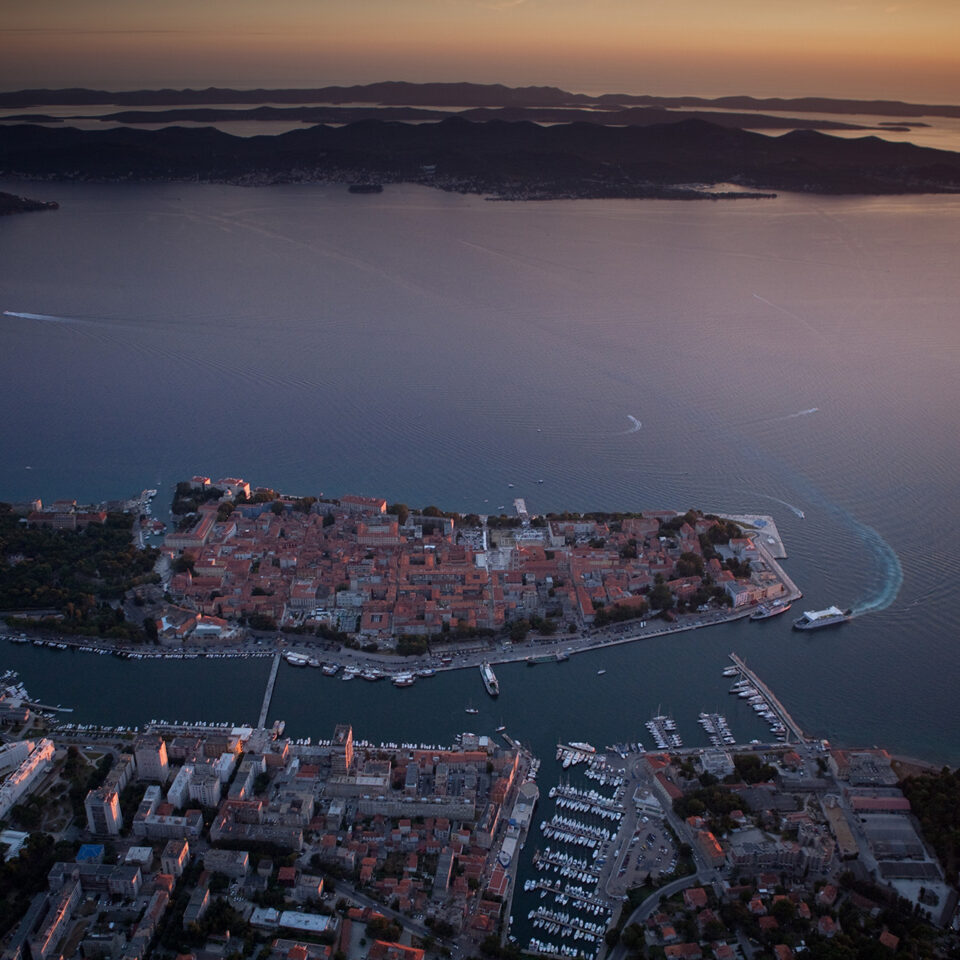

THE PORT OF ANCONA
Welcome to Ancona, Gateway to the East.
The city and its ancient, cosmopolitan port have always been a bridge as well as a pivot between the East and the West, a crossroads of cultures and religions, a port on the Adriatic-Ionian macro-region of the Mediterranean Sea capable of establishing important international relations, a celebrated productive hub that over time has come to be identified with its dockyard, its roots deep in a centuries-old vocation. The penchant for hospitality of the city overlooking the port is immediately obvious in the most iconic of its monuments: standing tall on the wharf facing the sea, the Arch of Trajan, built to honour the Emperor Trajan, has been admired and revered by every sailor who has crossed this sea. Spreading outwards, the old port unfolds, its Roman, Medieval, and Renaissance monuments rising from it; and the churches of the port – the Cathedral consecrated to St. Cyriacus, the Chiesa del Gesù designed by Vanvitelli, St. Frances’ Church, and all the others nestled among the slanting alleyways overlooking the wharves and the sea. Just below the Cathedral is the ship yard, caught between cliff and sea, with its iconic red and white gantry crane: a centre of production for extraordinary cruise ships, which have won many an award for sustainability, innovation, and beauty. The backdrop to the entrance to the harbour is a row of buildings of civic, economic, and cultural power: their façades unfurl, marking periods, styles, uses, and the history of their architecture and of those who ordered their construction – Palazzo degli Anziani, Palazzo Ferretti (now the National Archaeological Museum, with the wonderful gilded bronze statues on its roof), the Loggia dei Mercanti (the Merchants’ Lodge), and then the Banca d’Italia, the Nineteenth century buildings home to shipping companies, navigation services, and businesses devoted to hospitality. At the heart of this view, the ships and ferries in constant movement, telling tales of history and vocation, of bridges established between the port of Ancona and the city, between Central and Western Europe on one side, and the Balkans and the Eastern Mediterranean region on the other. The sequence continues with the spectacular balcony bordering the port as far as Porta Pia, where we come to the Mole Vanvitelliana – a unique, pentagon-shaped leper hospital, a peninsula reaching into the sea, a hub connecting the fishing port to the multi-ethnic Archi neighbourhood, a modern factory of ideas that is house to the Museo Omero, as well as a storage space for archaeological and artistic works of great relevance, its vast halls used for events, shows, and installations of art, architecture, and design. Beyond the Mole, our gaze meets the Mandracchio, keeper of fishing languages, traditions, and knowledge, and the famed fish market designed by Gaetano Minnucci. Closing this area, beyond the corolla of fishing ships and clam dredges, are the new wharves of the trade port, with their cathedrals of containers, a crossroads where our territory, the vast Central Italian territory, and the rest of the world come together. Nearby, the shipyards for luxury craft unfold, a beacon of excellence in the design and production of objects of desire, yachts celebrated worldwide as refined examples of the best Italian manufacturing. Finally we come to the forest of masts of the Marina Dorica, where a common passion for the sea brings together the sailors of the Adriatic, amidst the sounds of shrouds and halyards, and a babel of welcoming languages. The port of Ancona is a blend of tradition, history, and modernity; it is a multifaceted ecosystem, a network of transnational connections in constant transformation, a source of stories, routes, relations, and eternally re-established connections with the other ports of the Adrijo platform – from the routes along which passengers and goods are carried, to the ferries constantly reviving the mystery of the night-time crossings between Ancona and the islands of the Croatian coast.
In the virtual museum of the port of Ancona, history and future will guide you on a never-ending journey through the history and future of this seaport, a centre of attraction inside and beyond the city, inside and beyond the Adriatic.
Text: Cristiana Colli

